Brady and Chris | November 26, 2020
Why is this interesting? - The Go Bag Edition (Redux)
On thoughtful preparedness, planning, and removing the prepper stigma
Recommended Products
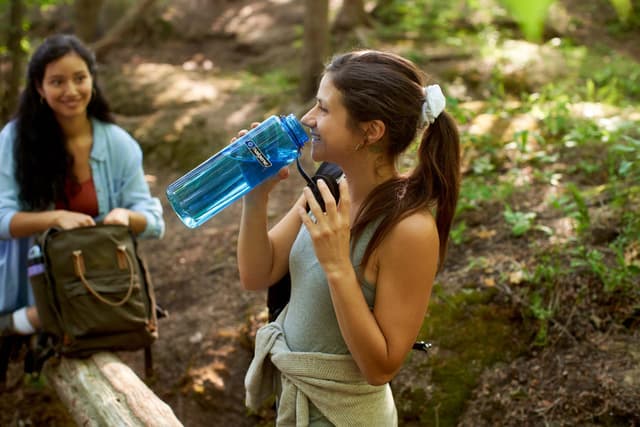
A durable, full water bottle used by Chris for water storage and drinking.

A durable water bottle used by Brady, suitable for drinking water and can make an airtight container for water-sensitive kit.
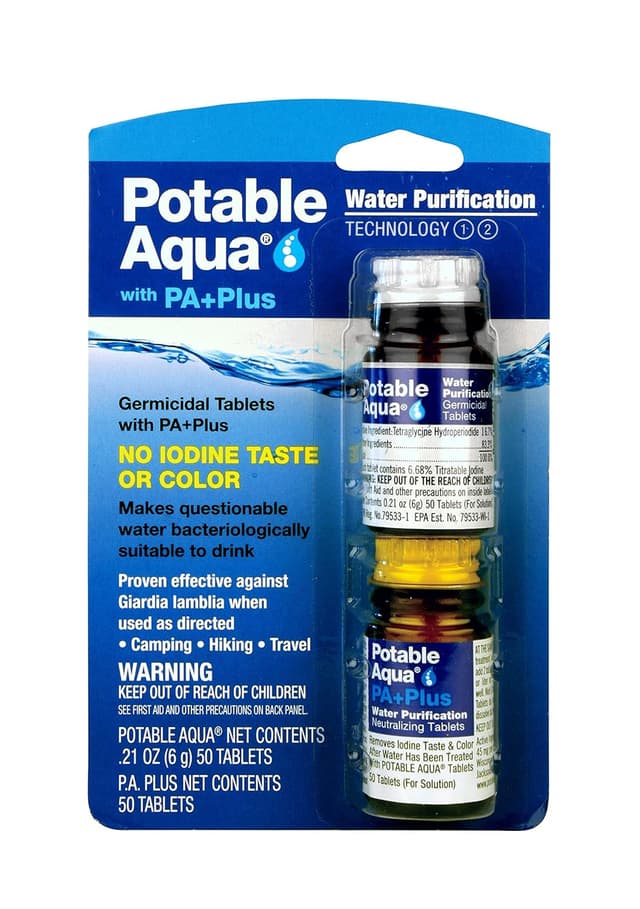
Purification tablets necessary for making water safe to drink.
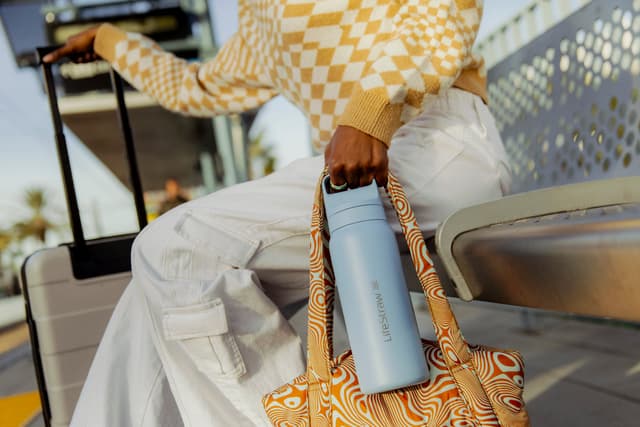
A universal water filter adapter kit that includes a purification straw for making water safe to drink.
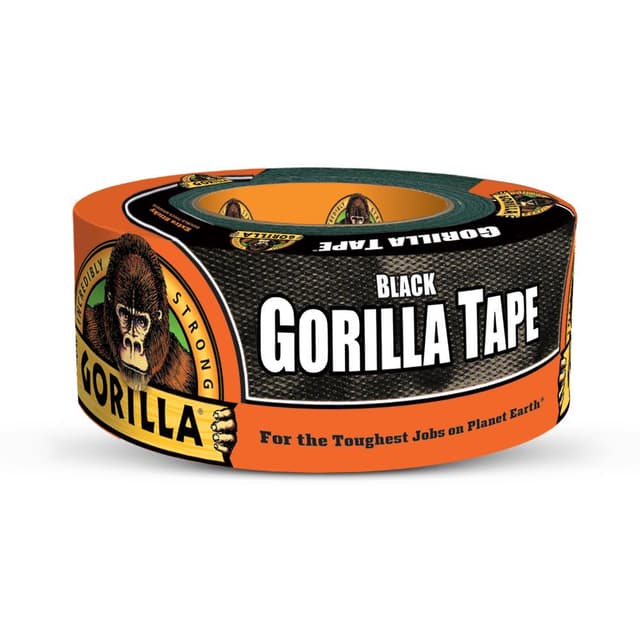
A recommended brand of durable tape for a variety of emergency uses.

A highly recommended knife for its balance of affordability, sharpness, and ease of sharpening.

A sharpening stone recommended to keep your blades sharp, could be life-saving.
A headlamp encouraged for its red light option, aiding in navigation without compromising location or natural night vision.

Highly recommended for comfort, durability, and water-resilience.
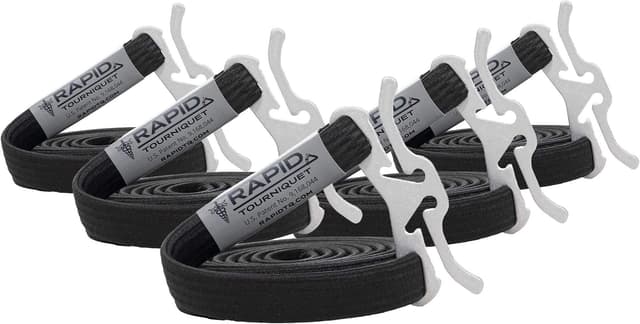
Recommended as a viable option for a tourniquet in emergency first aid situations.

A highly recommended silkweight shirt used for its moisture-wicking properties, especially useful in moisture management.

A durable, full water bottle used by Brady, mentioned along with its uses in a go-bag.
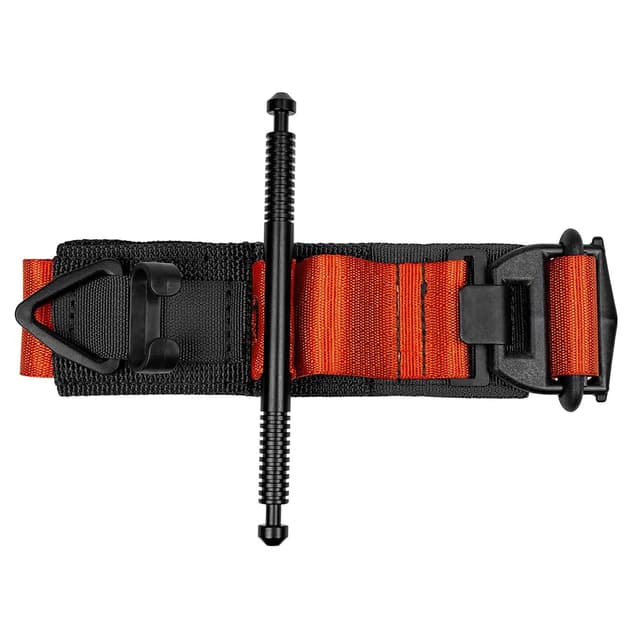
A tourniquet recommended for emergency first aid kits for stopping severe bleeding.
Hi everyone. We are taking the day off for Thanksgiving, so we are re-running one of the most popular posts in WITI history, the Go Bag edition written by our Green Beret pals Brady and Chris. Brady was an Officer (18A MOS) and Chris was a Weapons Sergeant (18B MOS). Have a great Thanksgiving and stay safe. -Colin (CJN)
Brady and Chris here. In Season 3 of The Simpsons, Moe Szyslak, the neighborhood bartender, steals a secret cocktail recipe from Homer that includes cough syrup. It makes his bar amazingly popular, but he's required to both keep the recipe secret and bring in enough cough syrup to serve his growing customer base. When some regulars spy him wheeling cases of medicine into the back of the bar, he deflects attention telling them "Heh...I got hooked on the stuff in the service!"
This is how I explain some of the admittedly odd things I still do after leaving the Army almost ten years ago—I got hooked on them in the service. One of the biggest habits I still have is a tendency towards over-preparing for emergencies. This manifests itself as carrying around a survival kit and a small med bag most of the time. Like your grandparents who keep calls short because of long-distance phone fees, I got this habit from painful survival school lessons and working overseas in rough neighborhoods.
The truth today is that, as a people, we have become remarkably dependent on technology. Try getting around without your smartphone and debit or credit cards for 12 hours and see what I mean. What this has created is a massive vulnerability—it means that if something like our power grid were interrupted and large urban areas went dark for days, it could become really difficult for everyone around you to get by. The worry is that if this happens a dense urban population could begin to panic, making things much worse. The best option often could be simply leaving as soon as possible for a spot not so tightly packed until things get better. Doing this would require an individual to be prepared in advance for that departure. "Never have anything in your life that you can't walk out on in thirty seconds flat if you spot the heat coming around the corner" is a good piece of advice if you want to avoid a bad situation.
Why is this interesting?
Thirty seconds flat means you need to pack what's needed and keep it where you can easily reach it and hit the road. Having the right stuff in the bag is key—a "go-bag" makes it easy because you've planned ahead of time and don't have to think. Here's what we recommend:
A simple backpack. Keep it low key, camo or military webbing on the outside signals that you’ve got a backpack full of survival kit, and we don’t want that. Nobody at work is going to wonder about the dingy Jansport you keep stuffed under your desk.
At least one durable, full water bottle. This can also make an airtight container for some of your water-sensitive kit as well as good for drinking water. Chris uses Nalgene. Brady uses Kleen Kanteen. Purification tablets or a purification straw are a must as well.
Gorilla Tape. Don’t buy any other brand. To save on space and weight, we just wrap a few feet around the water bottle. Good for a hundred uses, repairs, bandages, cordage, etc.
A Multitool. There are plenty of bladeless options out there that are safe for work. The pliers, scissors, and screwdrivers have a million uses. I got issued the Gerber MP600 back in 2003 and it's all I’ve used ever since—it's a great balance of simplicity, durability, and the ability to open one-handed. (BJM)
A Knife. “A Knifeless Man Is a Lifeless Man,” as the Faroese Proverb goes. This is much less as a weapon and much more as the ultimate utility. A knife is a tool that can make other tools. Choose one that holds an edge and is still easy to sharpen. I'll make your search for the best blade simpler by recommending a Mora knife—they're incomparably inexpensive, come scary sharp and the Scandinavian grind means they're much simpler to sharpen than others. Level II preparedness: Get a sharpening stone and learn how to sharpen. Could save your life one day.
Flashlight. We strongly encourage you to have a headlamp with a red light option. The red light is good for lighting your way without shouting to the world your location—and it doesn't ruin your limited natural ability to see in the dark as bad as white light does. Don’t keep batteries inside this lamp as they can corrode.
A couple of sets of spare batteries are key. Lithiums are great, alkalines are fine.
Map with a couple of routes home drawn on them. This can get complicated and a lot of people now use GPS, but relying only on your smartphone alone to navigate is a bad idea—even in low-level emergencies, the communications network can be co-opted by emergency services. We prefer 1:24,000 or 1:50,000 Scale USGS maps (good scales for moving on foot), available on paper for under $20 a piece. A small but reliable compass is also good for getting your bearings in unfamiliar territory.
Phone necessities. Spare battery, charging cable, and even solar charging panels. Don’t neglect your smartphone—if it works, it could be a lifesaver. Even if phone lines are jammed, text messages can queue and oftentimes a GPS will work even without a fully functional cell network. Level II preparedness: in “emergency” or battery conserving mode I power my phone off except for 5min on the hour, every hour. This “comms window” can be used to check in with family or set a plan for other comms windows. (CPP)
Spare shoes & socks. Nothing will end your trip home sooner than work shoe blisters and wet feet. This is actually the most important item on my packing list: a comfortable pair of walking shoes and two pairs of wool hiking socks. (CPP) You can't do any better than Smartwool for comfort, durability, and water-resilience. (BJM)
Cash money. A wad of $20s can get you food, water, transportation, and favors.
A First Aid Kit. You can go with what we've recommended, or buy a pre-made one online. Either way, don't forget a SOF-T or RATS Tourniquet and consider carrying two. Level II preparedness: Learn how to stop the bleeding in bad situations. This is where you’ll use SMARCH. (BJM)
Fire-starting items. Staying warm when you can't access modern heating will save your life, and it's a hell of a lot more comfortable than freezing. I try to have at least 2 modes of fire-starting with me whenever possible—so that includes having a simple cheap Bic lighter as well as a fire steel. (BJM)
Food. This isn’t just about staying alive - it’s about keeping a clear head in order to make good decisions. Choose the food you can eat quickly on the move, and that of course won’t go bad right away. High-calorie energy bars and Ensure aren’t a bad idea. Consider how many calories you normally consume in a day and have yourself covered for a couple of days.
A hat. Seems irrelevant, but it’s not. In cold weather, it'll keep you from losing body heat, and in the summer it'll prevent problems from overexposure. A baseball cap is fine.
A layer. A lightweight layer can do wonders if it’s moisture-wicking and worn against the skin - meaning no cotton. A Polartec ECWCS Level I silkweight shirt is all I’ve used for nearly 20 years. Solid gold. (BJM)
A raincoat. Being wet is bad, and being cold is bad. But being wet and cold is almost unbearable. It doesn’t need to be Goretex - it just needs to keep out the rain and wind.
Once you’ve got all this together, consider actually trying out at least your top 2 routes out of town as a rehearsal. As you’re rehearsing, try to visualize the likely conditions in an emergency - and that getting out on foot might be necessary. Make changes to your go-bag and plan based on what you come up with. It’s important to keep in mind that your exit, and preparing for it, are all focused on survival. Make sure what you’re doing at every stage helps achieve that goal. (CP/BJM)
Medical Kit of the Day:
We wrote about the contents of a good individual first aid kit this past summer. (BJM)
Thanks for reading,
Noah (NRB) & Colin (CJN) & Brady (BJM) & Chris (CP)
Why is this interesting? is a daily email from Noah Brier & Colin Nagy (and friends!) about interesting things. If you’ve enjoyed this edition, please consider forwarding it to a friend. If you’re reading it for the first time, consider subscribing (it’s free!).
